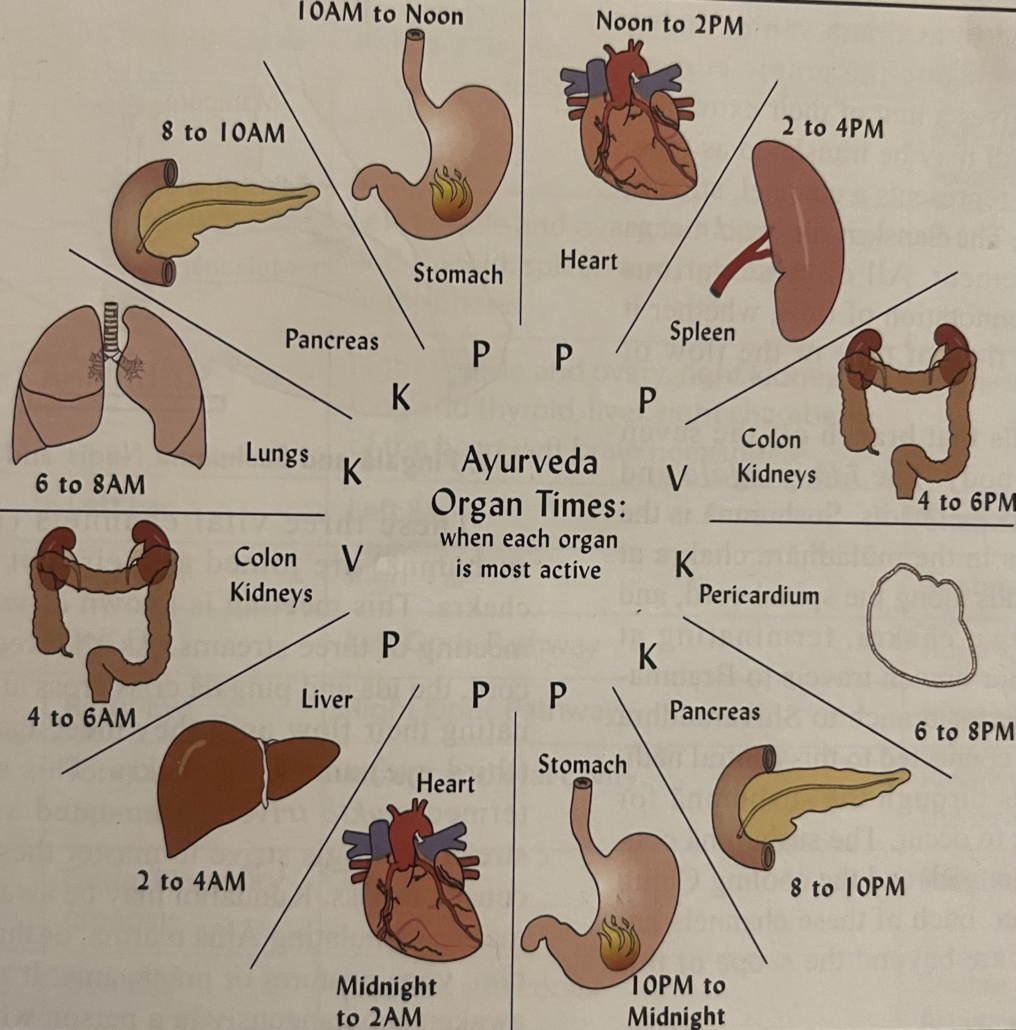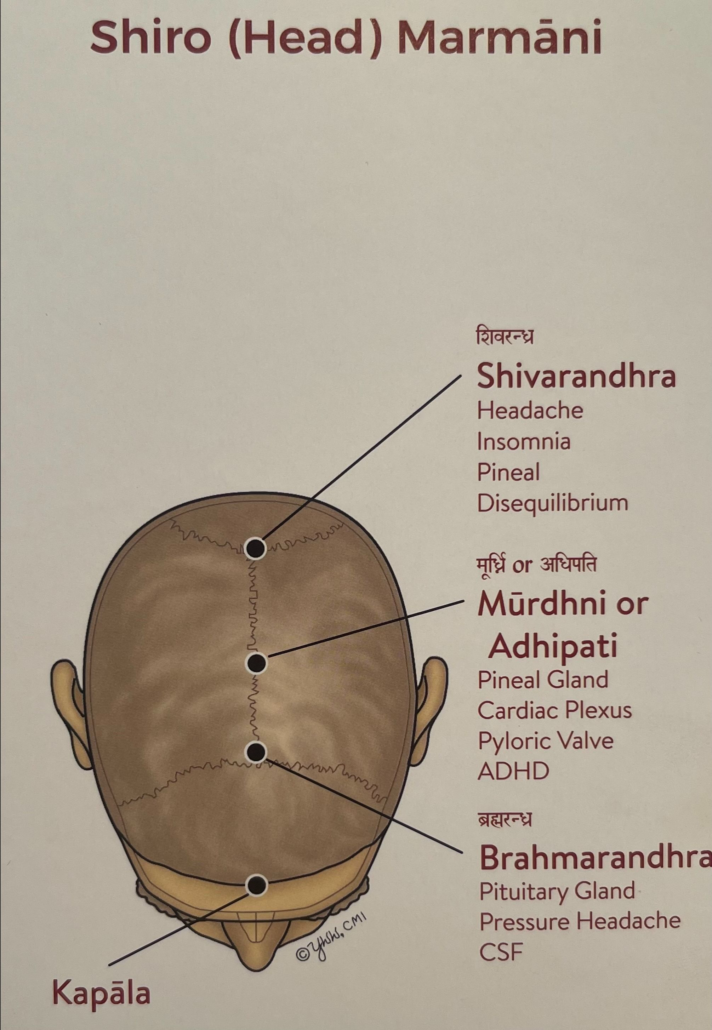Tyler Wauters: Walk in the Woods
When we walk through a forest path, there is a vibration sent out that is a form of communication, a form of language. When we enter a forest, it is up to us to learn how to communicate with it by communicating with our own inner workings, mending the relationship, by igniting the knowing that the forest is the nature within us, that we are not separate. Our work here is to connect to our inner nature and to connect to nature that is all around us.
“Yatha Pinde Tatha Brahmande”
(Universe & the Human Body is Homologous).
“This Mind & Chitta is also subtly & Deeply linked to the COSMIC- Mind & Chitta ““A clear understanding of this REALITY will not only give one a Blissful Experiences but also reveal to us the Mysteries of the Universe….within and without.”
“During, the process of Meditation , the Universal Mind & Chitta (psychic Ether) undergoes the same subtle process. The same transformation as Matter in the Process of FISSION & FUSION.”
Enteric brain; Powerful microcosm of our gut – constipation and what we eat and think.
And like a door or a pathway, activating a marma energy point, opens into the inner pharmacy of the body. The body is a silent, universal, biochemical laboratory—operating every moment to interpret and transform arising events.Touching a marma point changes the body’s biochemistry and can unfold radical, alchemical change in one’s makeup. Stimulation of these inner pharmacy pathways signals the body to produce exactly what it needs, including hormones and neurochemicals that heal the body, mind and consciousness.
Dr. Vasant Lad, Ayurvedic Physician
WINTER with AYURVEDA
We continue unravelling the age-old teachings of Ayurveda, balancing the elements of air, ether, water, fire and earth, that make up this universe of which this body is part of.
We continued developing a sequence of 8 Breathworks:
Daily Pranayama:1st, 2nd, 3rd, 4th and 5th and 6th, 7tth in the sequence practiced today.
- Bhastrika (Bellows breath)
- Kapalabhati follows (Shining Skull)
- Anuoma Viloma (Alternate Nostril Breathing)
- Agni Sara
- Brahmari (Bee’s Breath)
- UTJAYI Breath (Breath of Victory
- SHEETALI & SHEETKARI -cooling breath – for anger, irritbility, cand other “fire” aggravated aspects of our body and mind.

What time do you tend to wake up at night? Is there a connection to the times during which a certain organ is most active?


